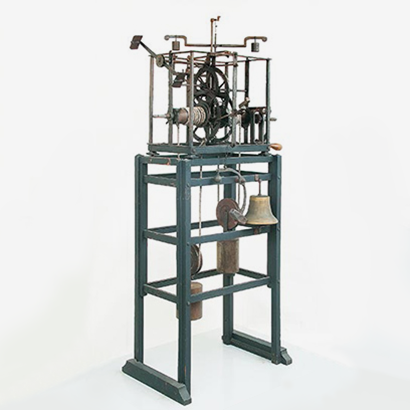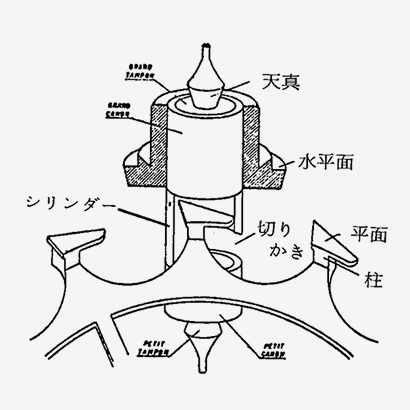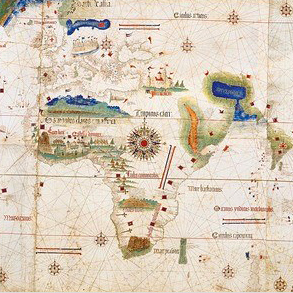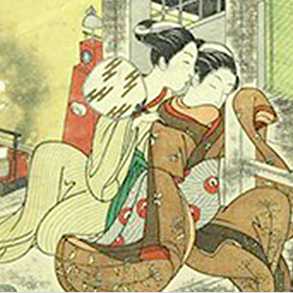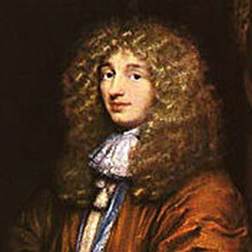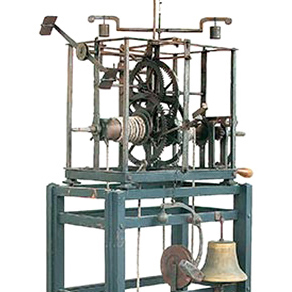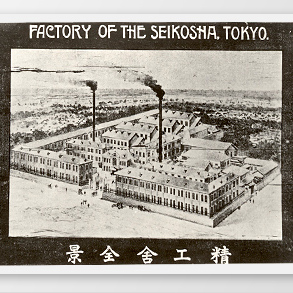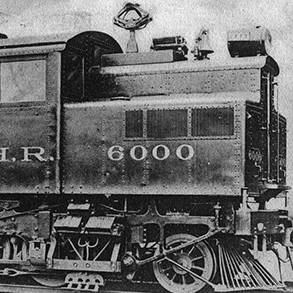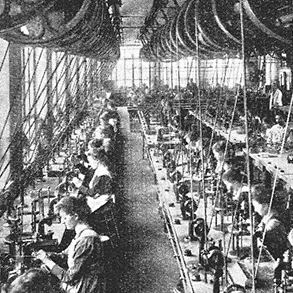Development of a regulator that could compensate for temperature fluctuations
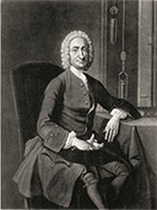
A characteristic of pendulums and balance wheel hairsprings is that they will expand and lengthen when the temperature rises, causing their oscillations to become longer and slower, and conversely, they will contract when the temperature falls, causing their oscillations to speed up. This phenomenon became publicly known after 1725.
Focusing on these properties to develop a more accurate regulator, in 1726 George Graham invented a mercury pendulum using mercury to compensate for the expansion of the pendulum rod, and around 1735 John Harrison contrived a temperature-compensating gridiron pendulum made from two metals: iron (which has a low coefficient of thermal expansion) and brass (which has a high coefficient of thermal expansion).
Later, in 1845, the Englishman Edward Troughton developed a tubular pendulum employing another bimetallic design for use in the tower clock of the Westminster Abbey (Big Ben), which contributed greatly to the improvement of its precision.
In 1897, the Swiss physicist Charles Guillaume invented Invar, a nickel alloy that has very little volume expansion during temperature fluctuations, for use in chronometer hairsprings.
In 1899 he also invented the Guillaume balance wheel, a bimetallic cut balance wheel made from a nickel alloy with superior temperature compensation, for pocket watches. Later, in 1913, he improved on Invar with the invention of Elinvar, a nickel-iron-chromium alloy that has hardly any change in volume or spring force under temperature fluctuation, contributing enormously to the improvement of timepiece precision.
In the development of the hairspring, Nivarox, an Elinvar-based alloy with increased hardness, was developed in 1933.
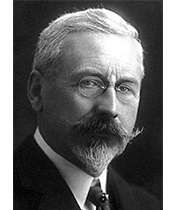
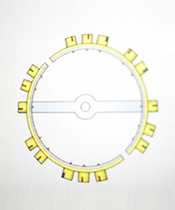
Development of hairsprings made from Seiko’s own special alloys
Since the 1940s, Seiko has been carrying out development of alloys for use in hairsprings, in cooperation with the Tohoku University metallurgical laboratory.
Rather than using the Elinvar alloy developed in Switzerland, Seiko developed its own original alloy using cobalt instead of nickel to create Coelinvar, an alloy whose elasticity remains unchanged during temperature fluctuations. In 1964, Seiko successfully implemented integrated manufacturing with the alloy, from the initial material dissolution to the final product, and named the resulting hairspring the SPRON 200.
For the hairspring used in the current line of Grand Seiko high-precision mechanical watches, in order to eliminate any slight deformation caused by impacts and the influence of magnetism from external sources, Seiko conducted numerous dissolution trials with more than a hundred materials to find the most suitable combination to meet the required conditions for the hairspring, and after more than five years of development, Seiko produced the SPRON 610 in 2007.
References
Manual of Timepiece Theory 4, Regulator. Daini Seikosha F
Hirai, Sumio, The story of timepieces. The Asahi Shimbun Publishing Service
Yamaguchi, Ryuji, Timepieces. Iwanami Shinsho


